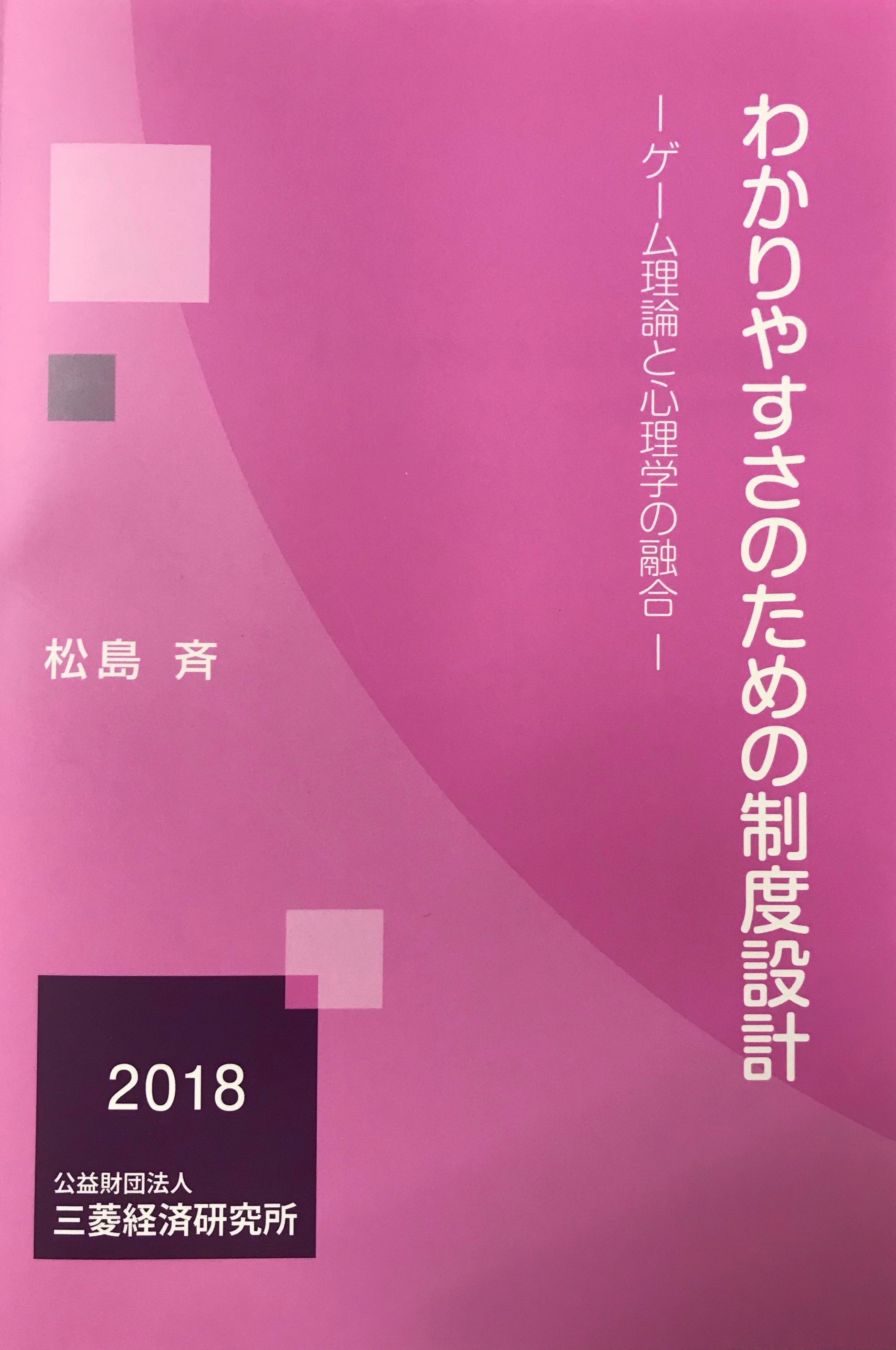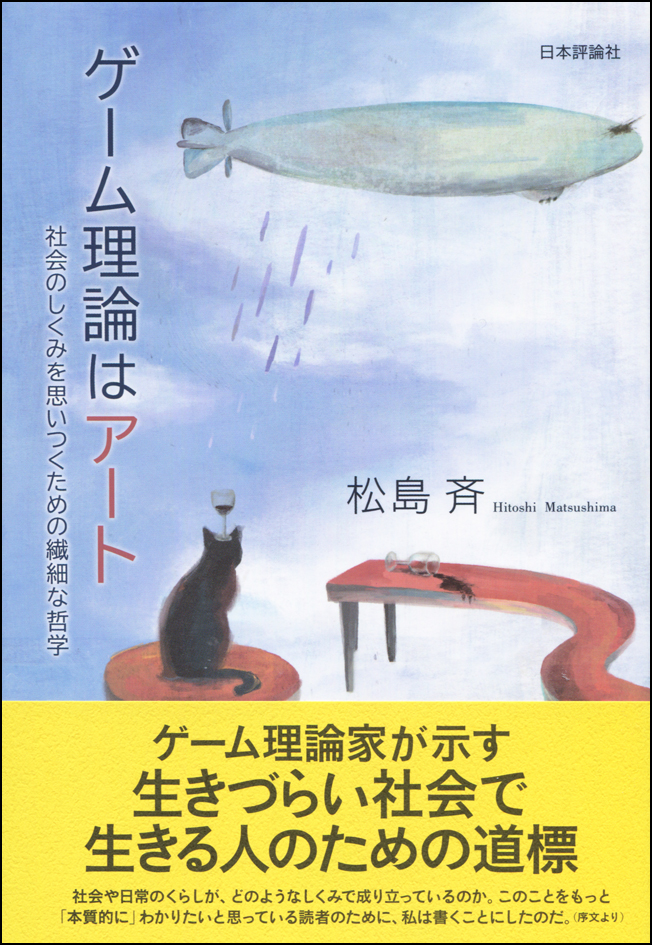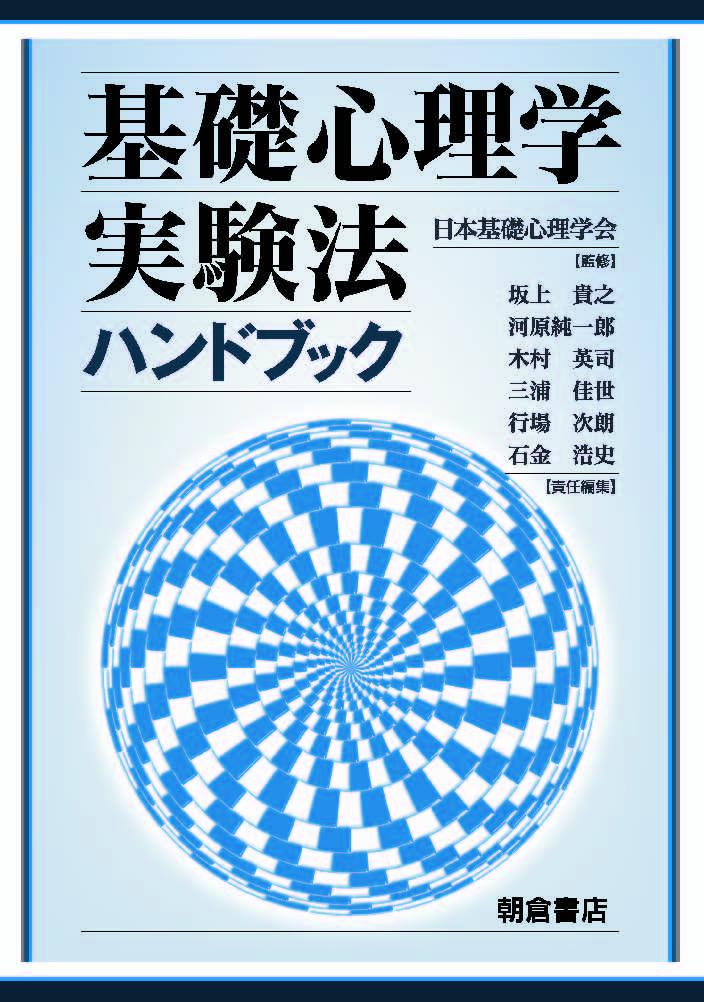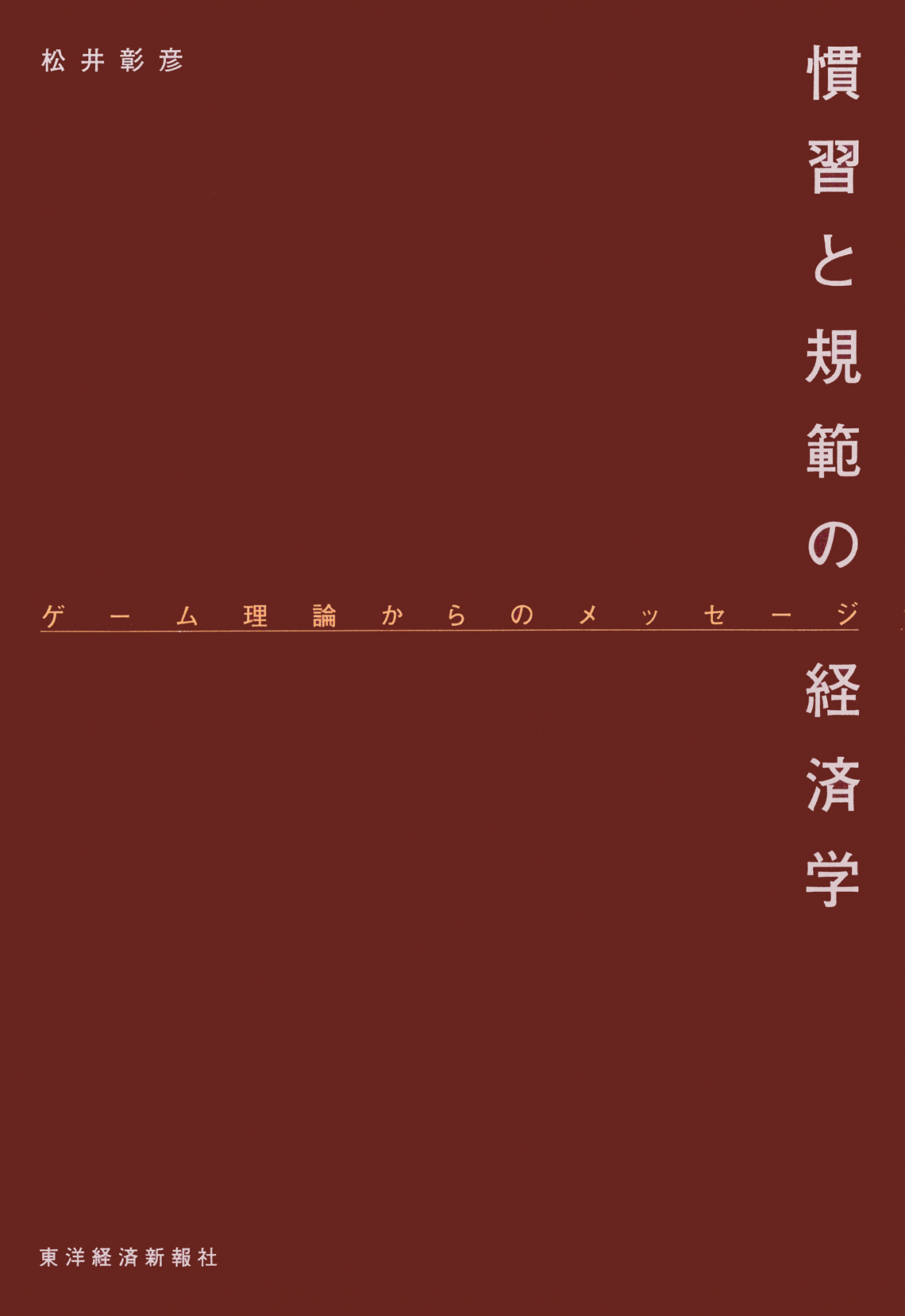
Title
Wakariyasusa no tame no Seido Sekkei (Designing Institutions for Making Things Easier to Understand – Integration of game theory and psychology)
Size
82 pages, A5 format
Language
Japanese
Released
March 28, 2018
ISBN
9784943852650
Published by
The Mitsubishi Economic Research Institute (MERI)
Book Info
See Book Availability at Library
Japanese Page
This book explores a new social theory by integrating game theory and psychology. Game theory is a type of “applied mathematics for social science” that has been developed by assuming that all players are rational. However, extremely strong rationality assumptions prevent the revelation of the nature of society. Therefore, we need to change the approach, for instance, by weakening rationality assumptions. The question is under what principles we should make such a change. Simply putting together various patterns of irrational behavior observed in reality and applying them onto the existing theory just like doing patchwork would not fulfill the mission expected of social theory.
Thus, this book focuses on “hypothetical thinking,” which is among the most essential rationality assumptions of game theory. Hypothetical thinking is a way of thinking in which one develops and tests a comprehensive hypothesis about unobserved phenomena. A rational player figures out which strategy works best by thinking from the other player’s perspective. Thinking from the perspective of the other player is a good example of hypothetical thinking. That is why hypothetical thinking is crucial to game theory. However, our doubts about rationality assumptions of game theory arise, in most cases, from the fact that real-life players are usually not capable of hypothetical thinking.
This book explores ways of providing those real-life players who are reluctant to think hypothetically with an incentive that gives them a supportive push to actively engage in hypothetical thinking. In other words, it aims to design a “psychological guidebook” that helps players draw right inferences by giving them proper clues.
Such a psychological guidebook is unnecessary for rational players but a must-have item for players with bounded rationality. The psychological guidebook, or a psychological process for players with bounded rationality, is referred to as a “frame” in this book. The term “frame” is a psychological term but is used in a somewhat different sense in this book because of the need to create a guidebook applicable to multiple players. The very act of designing a frame is a new form of game theory question.
I have been pondering the possibility of applying auction theory to determine an allocation of resources, a highly complex problem. Today, the application of auctions to solve various problems, ranging from simple sales transactions to highly complex tasks such as the simultaneous allocation of resources, is under consideration at an operational level. Meanwhile, there has been extensive research on auctions using rational game theory with prominent theories developed to explain complex allocations. However, when it comes to putting such theories into practice, we are bound to face various practical difficulties because real-life players do not act in accordance with rational choice theory. Therefore, we must develop theories and practices in a step-by-step fashion from the viewpoint of a player with bounded rationality.
In this sense, the book presents a style of “new game theory.” It is meant to be an introduction to “mechanism design literacy” that enables us to develop and make full use of excellent rules to find solution to the complex problem of how to achieve an economically optimal allocation, rather than leaving it to administrative discretion.
(Written by Hitoshi Matsushima, Professor, Graduate School of Economics / 2018)



 Find a book
Find a book




